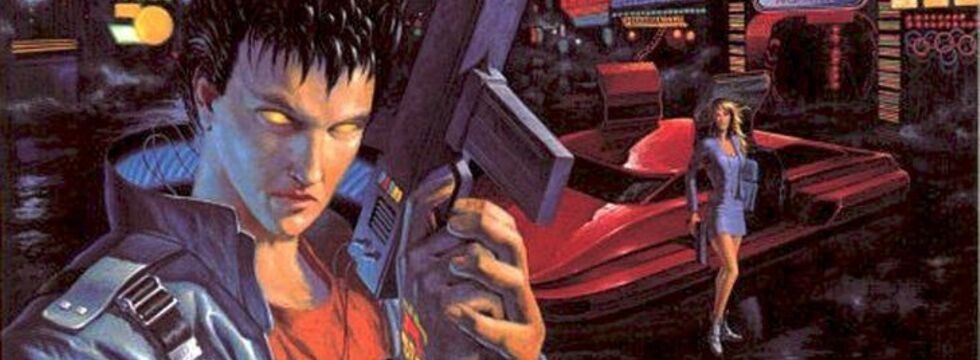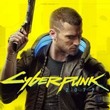author: Adam Belda
Cyberpunk romance. The retrofuturism of Cyberpunk 2077
Table of Contents
There's also another later of the futuristic setting that we could consider noticeably outdated – the very stylistics. Once the general core of the setting is ready – once you've sorted out the basic premise of the entire story, and estimated the timeline – you have to fill that framework with content. Painting colorless spaces with black paint and covering them with neon patterns.
Yes, on the visual side, cyberpunk often plays with kitsch, consciously referring to the festive vision of the future of the 80s and 90s. The collision of bright lights with smoky backgrounds, the interiors of nightclubs of dubious reputation, or the eternal downpour in the Night City can cause cognitive dissonance in today's audience. There’s no trace of the minimalism of material design that's so popular in today's sci-fi; no trace of the subtle feeling of alienation known, for example, from Blade Runner, nor the joyful blaze of colors from the punkish Borderlands or Rage 2. Instead, the audience gets a blend of all these, which seems somewhat irrelevant to modernity.
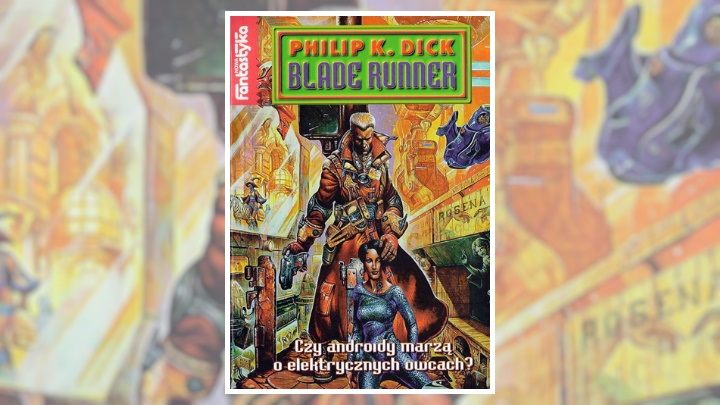
And yes, the style is outdated. But it's outdated in a similar way as Gothic or Ionic-order columns and cathedrals are – nobody builds these nowadays, right? And if they would, it would be a self-conscious move. It's the same here – Cyberpunk 2077 is, in a sense, a nostalgia trip into an era, in which the Internet was barely working, and corporations didn't rule the world. It's an update to a style that's been outdated. And, as every cyberpunk knows, style always takes precedence over substance.
Those years were not only about the jubilant kitsch and muscle-guys on VHS tapes; they also were a bigger turn in pop-culture, especially apparent in American comic books. Released in 1986, Watchmen by Alan Moore, and The Dark Knight Returns by Frank Miller, showed that there was a great demand for works that are darker, grittier, and more serious, strongly inspired with the style of noir and the cold-war paranoia. This was the beginning of the so-called dark era of comic-book superheroes.
WHAT'S BATMAN GOT TO DO WITH CYBERPUNK?
I mention Batman for a good reason – the Dark Knight had a very warmly received cyberpunk incarnation. Conceived in the late 90s, the Batman Beyond cartoon tells the story of a teenager, Terry McGinnis – his fate is accidentally intertwined with the fate of the elderly Bruce Wayne, who has abandoned his vigilante post many years before because of heart disease. Thus, the boy becomes the new Batman, facing the challenges of a cyberpunk city of the future. The idea proved so good that it made it into a comic book spanning a few series, and the characters were recognized as canonic.
The competition, of course, noticed that – Marvel has released its own series of canonical, cyberpunk comics set in the year 2099. Miguel O'Hara/Spider-Man is particularly noteworthy.
Some of the authors creating cyberpunk perfectly understood the nihilism and the obsession with passing away, such as Miller and Moore, who captured the minds of thousands of readers – they created outstanding works that explored the psyche of the characters and tackled complex issues on an unprecedented scale. Echoes of this period appear in pop culture to this day, and neo-noir is still among the most influential genres in this avenue of modern art.
Some authors understood darkness... a bit differently. It was more grotesque. Some of the monsters from the era are downright ridiculous today. Artists such as Rob Liefeld Lee or Todd McFarlane have imbued the comics from the 90s with a specific visual style that's almost difficult to look at now – absurd musculature, absurdly big guns, thorns, blood, fire, skulls, and ridiculously handsome heroes were everywhere (interestingly, this applied to male and female heroes – both men and women were equally objectified, although ladies were, unsurprisingly, created with more “attention to details”).
The plot, too, was usually only a pretext for the mayhem and pseudo-philosophical reflections on the dark side of mankind. A good illustration of this is Maximum Carnage, a crossover revolving around Spider-Man and symbionts, telling the story of how Cletus Kasady's traumatic experiences made him a devoted butcher of humans. Behind the frames, of course, so the comic could be sold to teenagers.
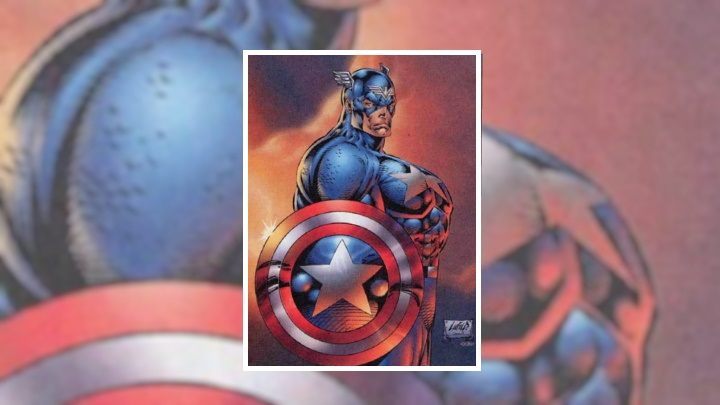
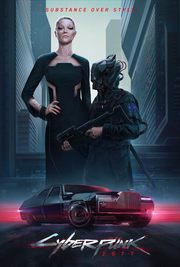
FASHION IN 2077
CD Projekt created the history of fashion for their new game. The came up with a few definitive periods. First, there was the simple and utilitarian entropism, which prompted by a deep, economic crisis. Things got better, and entropism gave way to the joyful and colorful kitsch, then superseded with neomilitarism. This style was dominated by practical luxury, straight lines, and darker colors. This highlighted the growing power of corporations. Last, but not least, neokitsch was born – a retro style favored by the rich, drawing as much as possible from nature. Animal patterns, wood, fur, feathers – everything related to the rotting nature, in 2077, is a synonym of chic and a high price tag.
The world depicted in the game will most likely be a blend of these styles – after all, every fad leaves a trace.
Cyberpunk 2020 managed to strike the right balance between mature darkness and pure exaggeration. On the one hand, it was not afraid to touch serious subjects, did it competently and with the right feeling – the issue of social inequality, the loss of personality among the tangle of technologies and conflicting ideologies, or the uncertainty associated with life in a dynamically changing world, were all tackled with due sensitivity. On the other hand, the motto goes "attitude is everything" and "style over substance," which means that all these issues are buried underneath the thick, colorful coating. Here, too, everything should be big, extreme and exaggerated. Cities? Forget conventional tenements – make them huge! Corporations? Morally gray? No kidding! Make them demonic, evil to the bone! Violence? On every corner, but no ordinary shootouts – let's have complete mayhem, explosive bullets, and cyber-fangs tearing people to shreds all over the place! From the hip!
Do you say it’s flagrant? Well, tell me that's not what video games are about? But I may exaggerate a little. Today, we also get games set in "dark future," brimming with violence and full of ambiguous moral choices. But this is done differently. It's more toned-down. Or more playful and unpretentious.
And while I believe that Cyberpunk 2077 will revamp the stylistics, it's also pretty obvious the game won't give up all those elements that seemingly don't fit together. After all, it's those elements that mostly contributed to the specific atmosphere of the original system, allowing it to survive until this day. It's only this amalgam of anachronisms and the deliberate, simplified romanticism that will enable us to feel the California wind when riding a cyber bike in Night City. It's the sole ingredient that will give Silverhand's music, combined with Keanu's face and Dennis Lyxzén's voice, such power. And finally – it's the only way to enable the player to defy the hated megacorporations and fight for liberty. And all that while we're sitting in a safe, air-conditioned office of one of these corps, enjoying a benefit package and a salary that allows a modestly comfortable life.
